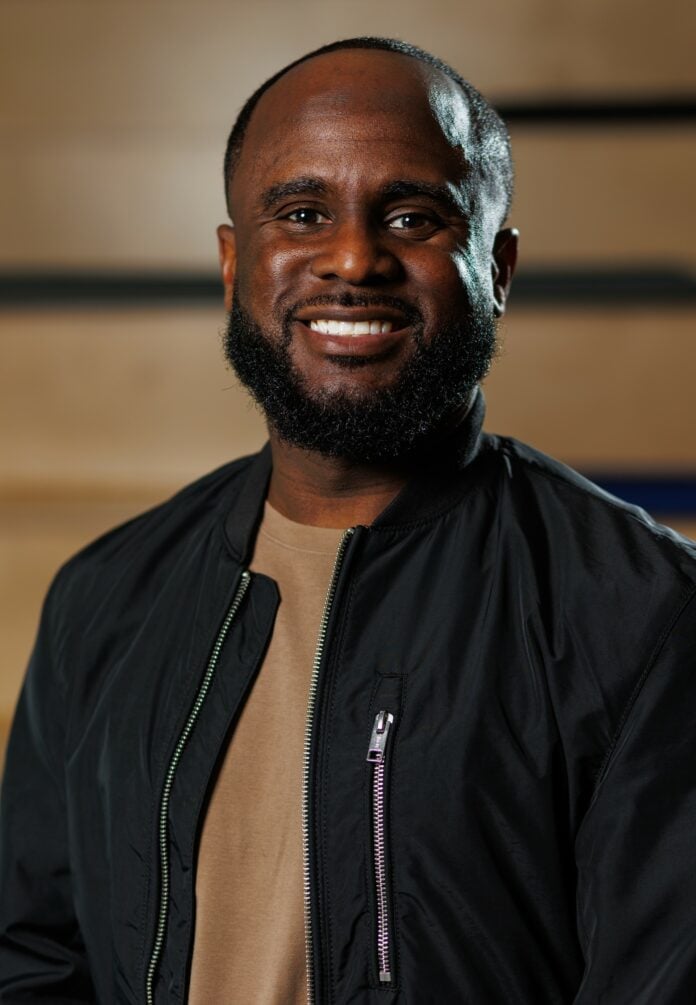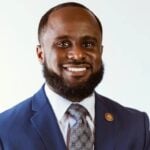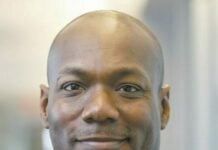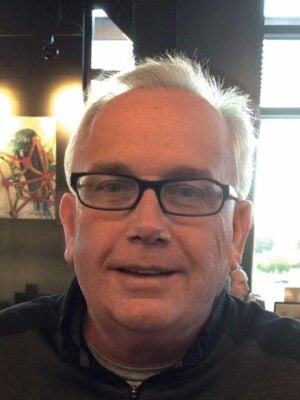“Heavy is the head that wears the crown
Uneasy lies the head that bears the burden
To whom much is given, much is required
The weight of responsibility is not for the faint of heat
With great power comes great accountability”
We have heard and been told these age-old sayings during our leadership journey. These sayings sometimes remind us that being given the responsibility and title of leader is not an easy feat. Leadership requires sacrifice, resilience, and, more often, an unyielding commitment to the greater good. As leaders navigate the challenges of their roles, they often find themselves standing at the intersection of expectation and execution, balancing the demands of others with their vision for how they would like to lead.
In part two of my series, “The hidden cost of school leadership,” I will define the problem. I am defining the problem based on my experience and the experience of leaders I have talked with about this hidden cost.
The problem could also be defined as the role’s demands, which go far beyond the school walls. When the impact of the sacrifice on one’s personal freedom and emotional well-being becomes too much to bear, one leaves or is forced to leave due to health issues.
I have always felt that the hidden cost of school leadership is more than just a fleeting notion for many; it is a harsh reality that often goes unnoticed.
While school leaders are sometimes celebrated as visionaries and change-makers, the toll of the work to get their takes on their mental health, personal lives, and overall well-being remains largely unspoken. Some leaders shoulder the weight of entire communities, managing the pressures of academic achievement, safety, staffing shortages, the expectations of politicians and legislators, and often a moving goalpost.
As we dig deeper and go beyond the unwavering commitment, we discover a burden that is a silent killer for many, a silent killer of chronic stress, burnout and isolation.
Chronic stress is caused by leaders working tirelessly to try and “fix” systemic challenges. Burnout is caused by the passion that once burned, which led them to the role, but has now been extinguished by self-doubt. While school leaders are the central figures in their school community, many of them find themselves isolated. The pressures of the role, combined with the need to project strength, can cause them to be disconnected.
For many, the role has become unsustainable, leading to a growing exodus from the profession. Suppose we want to understand the challenges in education today. In that case, we have to have an honest conversation about the hidden cost, define the problem clearly and solve it with urgency.
According to the National Center for Education Statistics (NCES), approximately 11% of public school principals left the profession between the 2020-21 and 2021-22 school years.
In school leadership, one of the hidden costs is the inescapable nature of the role. The title of school leadership goes with you everywhere. Whether at the grocery store, community event, or even on vacation, the weight of being a school leader follows. The room for error is small, and the expectations are immense.
Unlike others, school leaders don’t have the luxury of leaving their work at the office. Parents’ concerns, students’ struggles, and staff’s challenges have no off-clock. The care in our hearts and the love for the schools we lead means that we will respond and answer the call regardless of the day or time.
Now I know what some of you think: the money school leaders make justifies the role requirement. Compared to others in the education profession, the compensation may appear fair. However, when measured against senior leadership positions in other fields, compensation often falls short of matching the level of responsibility, stress, and sacrifice required of school leaders.
Addressing school leadership’s hidden costs will require a multifaceted approach. Part three, titled “What’s next,” looks for recommendations and potential solutions.
Dr. David McGuire is an educator and education reporter. He attended school in Indianapolis, K-12, and is a graduate of Central State University and holds advanced degrees from Indiana Wesleyan University and Marian University. In addition to his work as an educator, he also navigates the education system as a parent.





